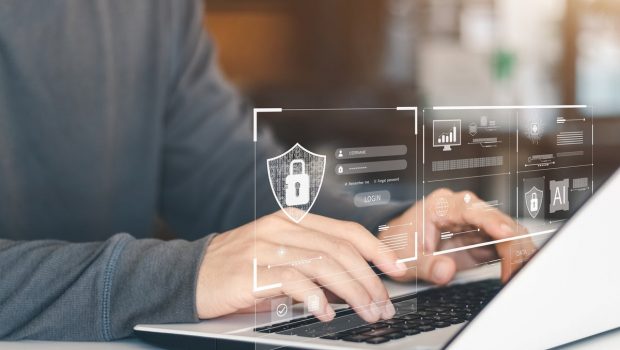How ‘Zero Trust’ Will Improve Cybersecurity and Transform IT According to Ascent Solutions
Digital transformation has just about made its way into every industry, bringing innovations and risks along with it. New technologies have made it even easier for business leaders, employees, and customers alike to embrace the digital world. However, with improved technology comes the advancement of cyber threats, exposing our sensitive information to phishing, malware, ransomware, and more.
The traditional perimeters of cybersecurity networks are more vulnerable as individuals with the right credentials are repeatedly given remote access without requiring reauthorization. Because our networks are set up to trust that remote workers are who they say they are without further authentication, cyber attackers are finding it easier to strike from afar. Cybersecurity Ventures expects global cybercrime costs to grow by 15% per year over the next five years, reaching $10.5 trillion annually by 2025. That’s a significant increase from $3 trillion in 2015.
As attackers become more efficient and persistent, today’s cloud environments are attractive targets for stealing, destroying, or ransoming business-critical and sensitive data, such as personally identifiable information (PII), intellectual property (IP), and financial information. In May 2021, President Biden's Executive Order on Improving the Nation's Cybersecurity outlined a goal for federal agencies to implement a modernized approach to security.
Without reinforced security protection, business assets and data will remain on the line.
How Zero Trust Security Can Help
Zero trust is not a new concept for cybersecurity, but it is needed now more than ever. There is a constant battle to protect systems as more people depend on digital services to store their data. Of course, we still need access to our business resources while they are protected, but we can no longer base whether users and devices are "inside" or "outside" the system as the main requirement for granting that access. This is where a zero-trust approach can help.
The Zero Trust Maturity Model from the Cybersecurity & Infrastructure Security Agency (CISA) takes a “never trust, always verify” approach to all traffic to prevent unauthorized access to data and services—providing complete visibility and improving rapid threat detection and mitigation. The zero trust security framework assumes everything is hostile by default, even if it’s inside the system’s perimeter. Applications and services are blocked from communicating with one another until they’re validated with the proper credentials. A zero-trust solution to your cybersecurity needs enables your business to:
- Reduce organizational risk
- Gain access control over cloud and container environments
- Reduce the risk of a data breach
- Support compliance initiatives
The zero trust mindset—removing implicit trust and replacing it with identity- and context-based risk-appropriate trust—is a powerful security principle. However, zero-trust security is not a one-time task to be installed or completed; it’s a journey and long-term commitment to implement the best practices and technological bricks—throwing more technology at a technology-based problem isn’t part of the solution.
Improving cybersecurity and implementing a zero trust framework calls for a cultural shift and clear communication to tie it to business outcomes. Innovative service providers are creating new offerings to help clients derive ROI from making the shift. “Cybersecurity practices continue to shift away from pre-packaged controls to the disciplined brain and muscle of an adaptable security team,” wrote Jason T. Floyd, Chief Technology Officer of Ascent Solutions, in a white paper entitled Five Cybersecurity Trends for 2022. “Dev-capable security technologists will launch Zero Trust as the uncontested, customizable architecture for the next year and beyond.”
Cybersecurity continuously evolves as threats and risks become more advanced, sophisticated, and costly for businesses across sectors. Because zero trust is an architectural approach, there are numerous variations of how to define and implement it. It’s not a turnkey solution for protecting your business, but it does allow organizations to remediate abnormal behaviors with an additional layer of protection. By focusing on policy, identity, and posture to granularly control communications between users, systems, applications, and data, your business can meet its cybersecurity needs now and into the future.
Image sourced from Shutterstock
This post contains sponsored advertising content. This content is for informational purposes only and not intended to be investing advice.








Gloss